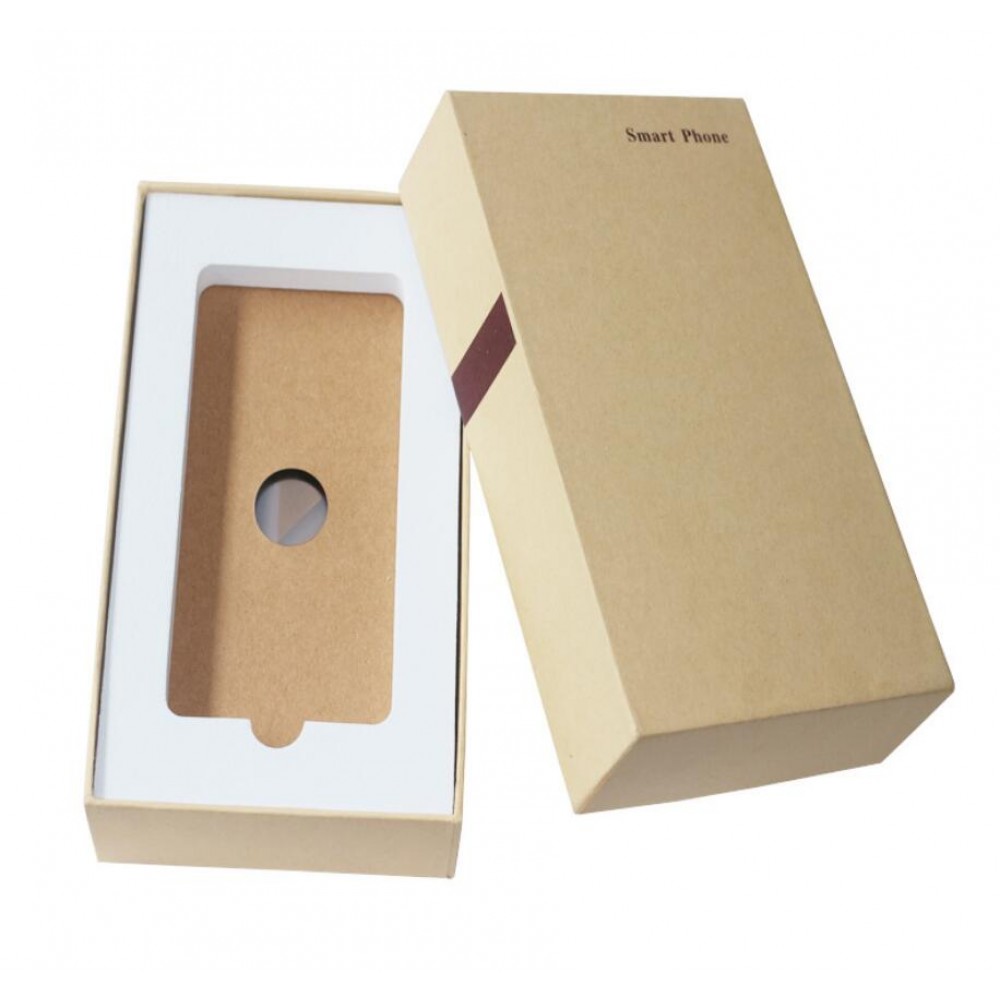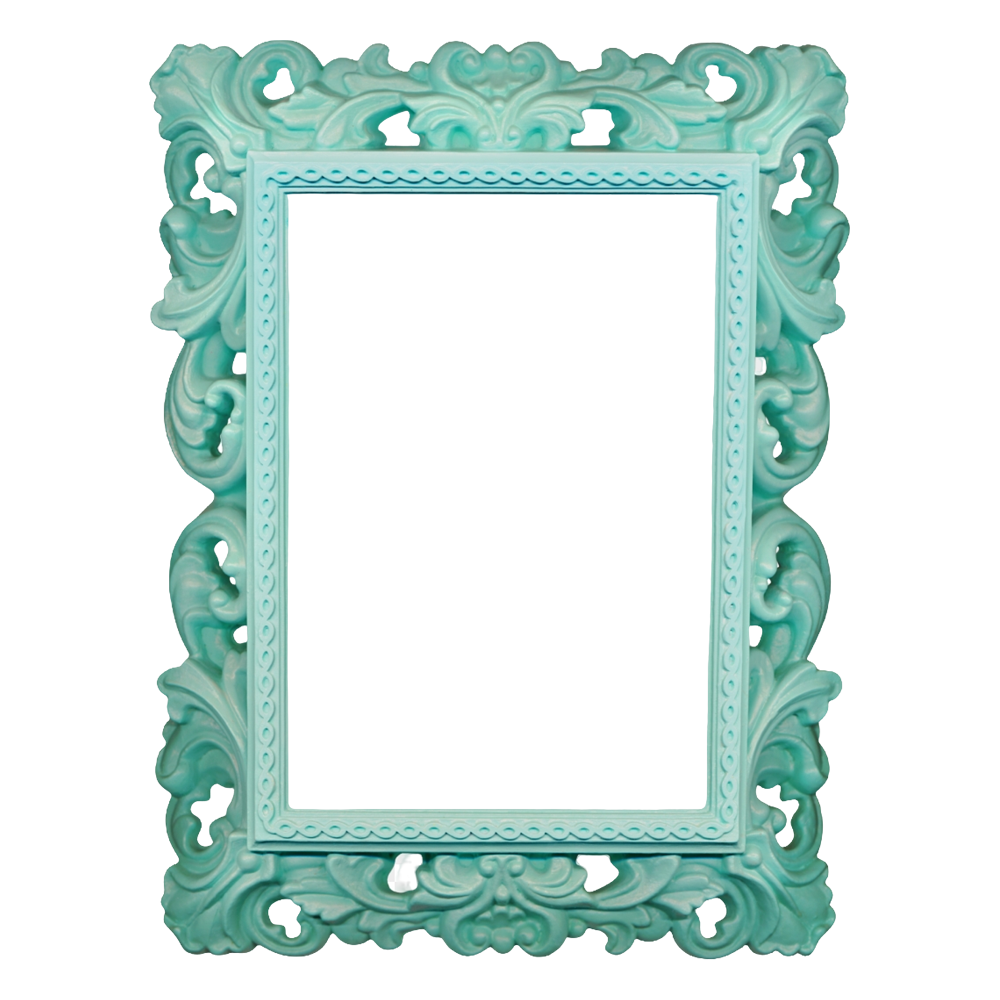In the vast landscape of physical media storage, few items have achieved the ubiquitous recognition of the DVD case.
Whether you’re browsing through a collection of movies at home, visiting a rental store (if you can still find one), or organizing media at a library, the familiar rectangular plastic case has become a standard fixture in our collective consciousness.
Yet despite their commonplace nature, how many of us have stopped to consider the precise dimensions of these cases, why they were designed that way, or how they compare to other objects in our daily lives?
How Long is a DVD Case?
A standard DVD case measures approximately 7.5 inches (19 cm) in height, 5.3 inches (13.5 cm) in width, and 0.5 inches (1.2 cm) in depth. These dimensions were carefully selected to balance protection, storage efficiency, and user experience.
Understanding these measurements can be surprisingly practical for organizing shelving space, designing storage solutions, or simply appreciating the thoughtful engineering behind everyday objects.
The Evolution of DVD Case Design
The story of DVD case dimensions begins with the evolution of home media itself. When DVDs emerged in the late 1990s as the successor to VHS tapes, manufacturers needed to develop a storage solution that offered several key improvements: better protection for the disc, reduced storage space requirements, and a more premium feel that would help justify the transition to the new format.
The original DVD case design, often called the “Amaray case” after one of the primary manufacturers, was the result of extensive research and development.
Engineers had to consider not only the physical protection of the disc but also practical concerns like shelf space in stores, shipping costs, and the psychology of consumer perception.
The resulting dimensions created a case that was substantial enough to feel valuable while being significantly smaller than the VHS cassettes it was replacing.
Standard DVD Cases vs. Special Editions
While the standard DVD case dimensions have remained relatively consistent, the industry has seen numerous variations developed for special purposes:
1. Standard Single-Disc DVD Case (Keep Case)
The standard DVD case measures 7.5 inches tall by 5.3 inches wide by 0.5 inches thick. This iconic design features a central hub that securely holds the disc while allowing easy removal.
These dimensions were carefully calculated to provide adequate protection while minimizing materials and storage space. The height and width also create sufficient space for attractive cover art, which marketing departments quickly recognized as crucial for retail appeal.
Many people don’t realize that these cases were designed with careful consideration of retail environments. The dimensions allow for effective display on store shelves while maximizing the number of titles that can be presented in limited commercial space. The width specifically was chosen to provide enough spine space for title text that’s readable when shelved.
2. Slim DVD Cases
Slim cases measure the same height and width as standard cases (7.5 × 5.3 inches) but are thinner at approximately 0.3 inches (7mm). These cases were developed primarily for space-saving purposes, particularly for multi-disc collections or promotional DVDs. Many computer software companies adopted these slimmer cases for their installation discs as they reduce shipping costs and storage requirements.
A notable application of slim cases came with TV series box sets, where storing multiple seasons in standard cases would require prohibitive amounts of shelf space. The reduced depth allowed collectors to own complete series without dedicating entire bookcases to single shows.
3. Multi-Disc DVD Cases
These cases maintain the standard height and width but range from 0.6 to 1.5 inches in depth, depending on the number of discs they hold. Typically accommodating 2-6 discs, these cases feature multiple hubs or folding panels inside.
The engineering challenge with these cases was maintaining the same external dimensions while increasing capacity, which required innovations in internal design.
Multi-disc cases became particularly important for extended versions of films, special editions with bonus content, and complete TV seasons. Their design allows media companies to offer comprehensive collections while maintaining a consistent aesthetic on consumers’ shelves.
4. Steelbook Cases
Premium “Steelbook” editions typically measure very close to standard dimensions but are made of metal rather than plastic. These cases generally measure 7.5 × 5.3 × 0.6 inches.
The slight increase in depth accommodates the metal construction while maintaining compatibility with standard DVD shelving. Steelbooks emerged as a response to consumer desire for collectible, premium physical media in an increasingly digital world.
The weight and feel of a Steelbook case creates a tactile experience that digital downloads cannot replicate. This sensory dimension has helped sustain the market for physical media among collectors and enthusiasts even as streaming has become dominant.

DVD Cases Compared to Other Common Objects
To better visualize the dimensions of DVD cases, let’s compare them to other familiar items:
1. Paperback Books

Most paperback books range from 6.5 to 8 inches in height, making them similar to DVD cases in this dimension. However, paperbacks are typically thinner, ranging from 0.3 to 1 inch in depth depending on page count. This similarity in height is not coincidental – both industries consider shelf space and handling comfort when determining dimensions.
The comparable height between DVD cases and books has made media shelving solutions relatively interchangeable. Many modern bookcases are designed to accommodate both books and media, reflecting how these items often coexist in home entertainment centers.
2. Video Game Cases
Modern video game cases for PlayStation and Xbox platforms are designed with nearly identical dimensions to DVD cases. This standardization reflects the convergence of entertainment media and allows for consistent shelving solutions. Nintendo Switch cases are notably smaller, measuring approximately 6.8 × 4.1 × 0.5 inches, representing a design choice to emphasize the portable nature of the console.
The game industry’s adoption of DVD-like dimensions for their physical media packaging helps create visual consistency in retail environments and home entertainment setups, strengthening the association between various forms of digital entertainment.
See Also: Things that Are 9 Feet Long – Size Of Common Objects
3. Smartphone Boxes

Most premium smartphone boxes are remarkably similar to DVD cases in their footprint, often measuring around 6 × 3 × 1.5 inches. This highlights how product packaging across industries converges toward dimensions that balance presentation, protection, and efficient use of materials. The luxury unboxing experience pioneered by companies like Apple has much in common with the presentation design of special edition DVD sets.
The similar dimensions create comparable shelf presence, with both types of packaging designed to make a strong visual impression while maintaining practical shipping and storage considerations.
4. Photo Frames

Standard 5×7 inch photo frames are very close to DVD case dimensions, making them compatible alternatives for displaying DVD cover art. This compatibility has led to creative reuse projects where DVD cases are repurposed as inexpensive photo frames. The visual proportions of DVD cover art were intentionally designed to be aesthetically pleasing, following similar principles to photography composition.
Some collectors have created impressive wall displays by mounting multiple DVD covers in photo frames, transforming media storage into decorative elements that showcase the artistic merit of film poster design.
5. Tablets and E-Readers
Many tablets and e-readers have screen sizes and overall dimensions comparable to DVD cases. For example, standard iPads measure approximately 9.4 × 6.6 inches, while the Kindle Paperwhite measures about 6.6 × 4.6 inches.
This similarity reflects ergonomic considerations – both objects need to be comfortable to hold while providing adequate visual space.
The transition from physical media to digital content is reflected in these dimensional similarities, as device manufacturers understand the physical interaction paradigms established by earlier media formats and design accordingly.
The Science Behind DVD Case Dimensions
The specific dimensions of DVD cases weren’t arbitrarily chosen but represent careful engineering considerations:
Protection and Durability
The 0.5-inch depth provides sufficient space for the disc to avoid direct contact with surfaces when the case is closed, while the overall dimensions create a structure resistant to warping and damage. The relatively large surface area distributes pressure evenly when cases are stacked, protecting the discs inside.
Ergonomics and User Experience
DVD cases are designed to be easily handled and opened with one hand. The width and height create enough leverage for comfortable opening without being unwieldy. The dimensions also accommodate human finger spacing for secure grip while browsing.
Retail and Marketing Considerations
The height and width provide adequate space for eye-catching cover art while the depth allows for spine text that’s readable when shelved. These dimensions also optimize shipping costs and retail shelf space utilization.

Practical Applications of Understanding DVD Case Dimensions
Knowing the standard dimensions of DVD cases can be surprisingly useful in everyday situations:
1. Storage Solutions
When designing or purchasing media storage, knowing that standard DVD cases occupy approximately 40 cubic inches per case helps calculate needed capacity.
For custom shelving projects, the standard dimensions (7.5 × 5.3 × 0.5 inches) serve as essential measurements.
2. Repurposing and Upcycling
Empty DVD cases can be repurposed for various creative projects, from DIY photo frames to small item organization. Their consistent dimensions make them valuable for craft projects requiring standardized containers.
See Also: Things that Are 15 Centimeters Long – Size of Objects
3. Collectibles Display
Collectors often create custom display solutions for their media libraries. Understanding the precise dimensions helps ensure proper fit and optimal use of display space, particularly for mixed collections of standard cases, steelbooks, and special editions.
4. Estimating Measurements Without Tools
DVD cases can serve as an impromptu measuring tool when standard measuring devices aren’t available. Need to estimate if something is about 7.5 inches? A DVD case can provide a quick reference point.
The Future of Physical Media Cases
As digital distribution continues to grow, physical media cases have evolved in response:
1. Premium Packaging
Special editions and collector’s sets now often feature elaborate packaging that deviates from standard dimensions, emphasizing the physical product as a collectible object rather than just a media container.
2. Environmental Considerations
Newer case designs often use less plastic and more sustainable materials while maintaining the same external dimensions for compatibility with existing storage solutions.
3. Multi-Format Compatibility
Modern media shelving and storage solutions are increasingly designed to accommodate multiple formats, from DVD and Blu-ray cases to books and vinyl records, all with their own standard dimensions.
Measuring Without a Ruler: DVD Cases as Reference Points
When precision tools aren’t available, DVD cases can serve as useful reference points:
- A standard DVD case’s 7.5-inch height is approximately the length of a pencil or the width of a standard sheet of paper folded in half
- The 5.3-inch width is similar to the length of a standard smartphone
- Four DVD cases stacked equals about 2 inches in height, useful for quick estimation of small objects
Conclusion
The standard DVD case dimensions 7.5 × 5.3 × 0.5 inches represent more than just physical measurements. They embody a specific moment in media history when digital content was transitioning from purely physical to digital forms.
These cases were designed to balance practical concerns with marketing needs, creating a format that has remained remarkably consistent even as the media landscape has dramatically changed.
Understanding these dimensions connects us to the thoughtful design decisions that shape everyday objects.
Next time you pick up a DVD case, consider how its specific size and shape represents countless hours of engineering, marketing, and consumer research all to create an object that feels so natural in our hands that we rarely stop to think about it.
Look around your home how many objects can you find that match or closely approximate DVD case dimensions? You might be surprised at how this standardized form has influenced the shapes and sizes of objects throughout your living space.In the vast landscape of physical media storage, few items have achieved the ubiquitous recognition of the DVD case.
Whether you’re browsing through a collection of movies at home, visiting a rental store (if you can still find one), or organizing media at a library, the familiar rectangular plastic case has become a standard fixture in our collective consciousness.
Yet despite their commonplace nature, how many of us have stopped to consider the precise dimensions of these cases, why they were designed that way, or how they compare to other objects in our daily lives?
Read more knowledgeable blogs on Measure Take.

With 4 years of experience in measurement and precision, Liam Taylor is dedicated to delivering accurate, reliable results. His expertise spans multiple industries, ensuring top-notch quality in every project. As the admin of Namley Measure Take, he brings a passion for precision to every user experience.



